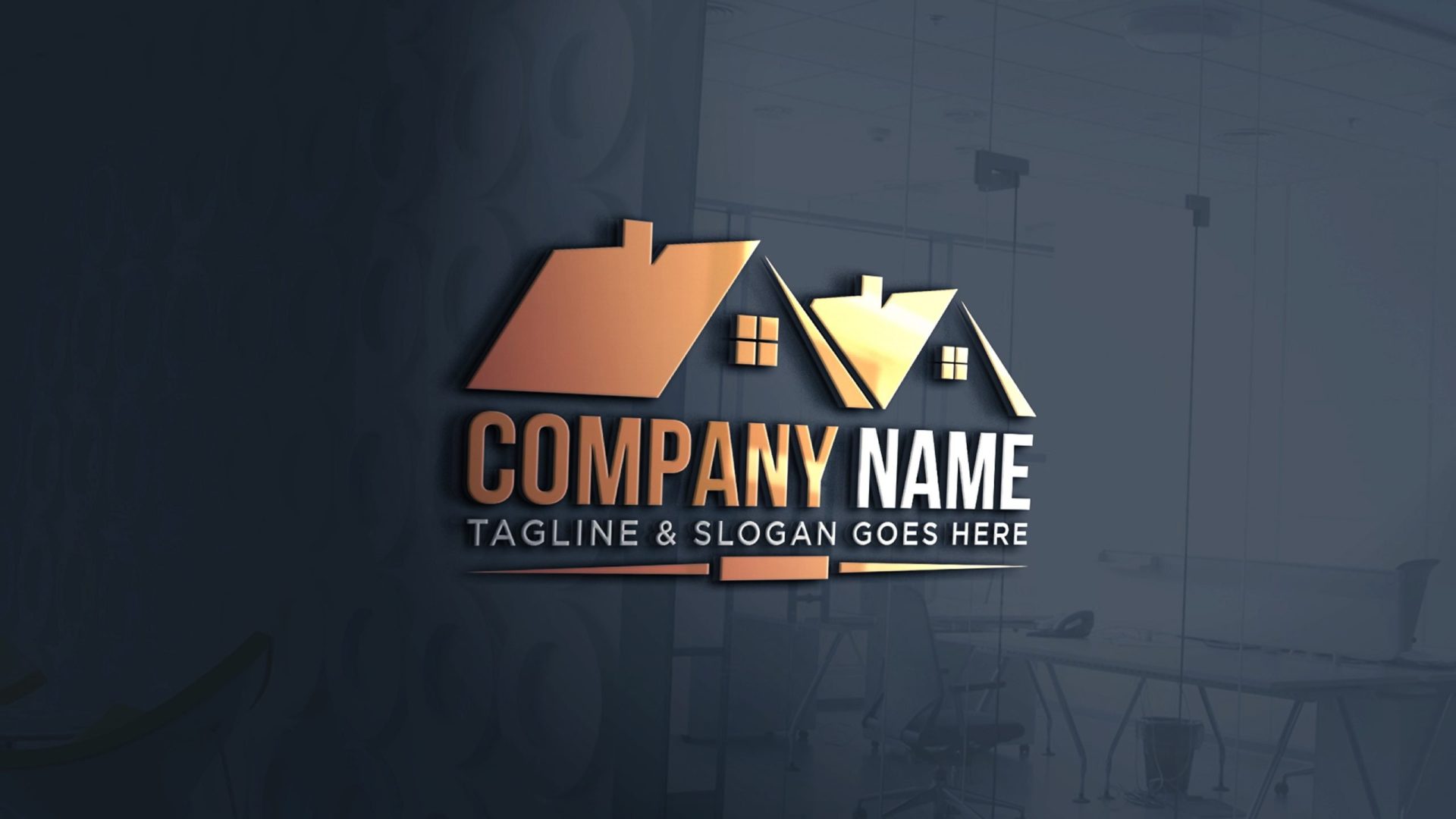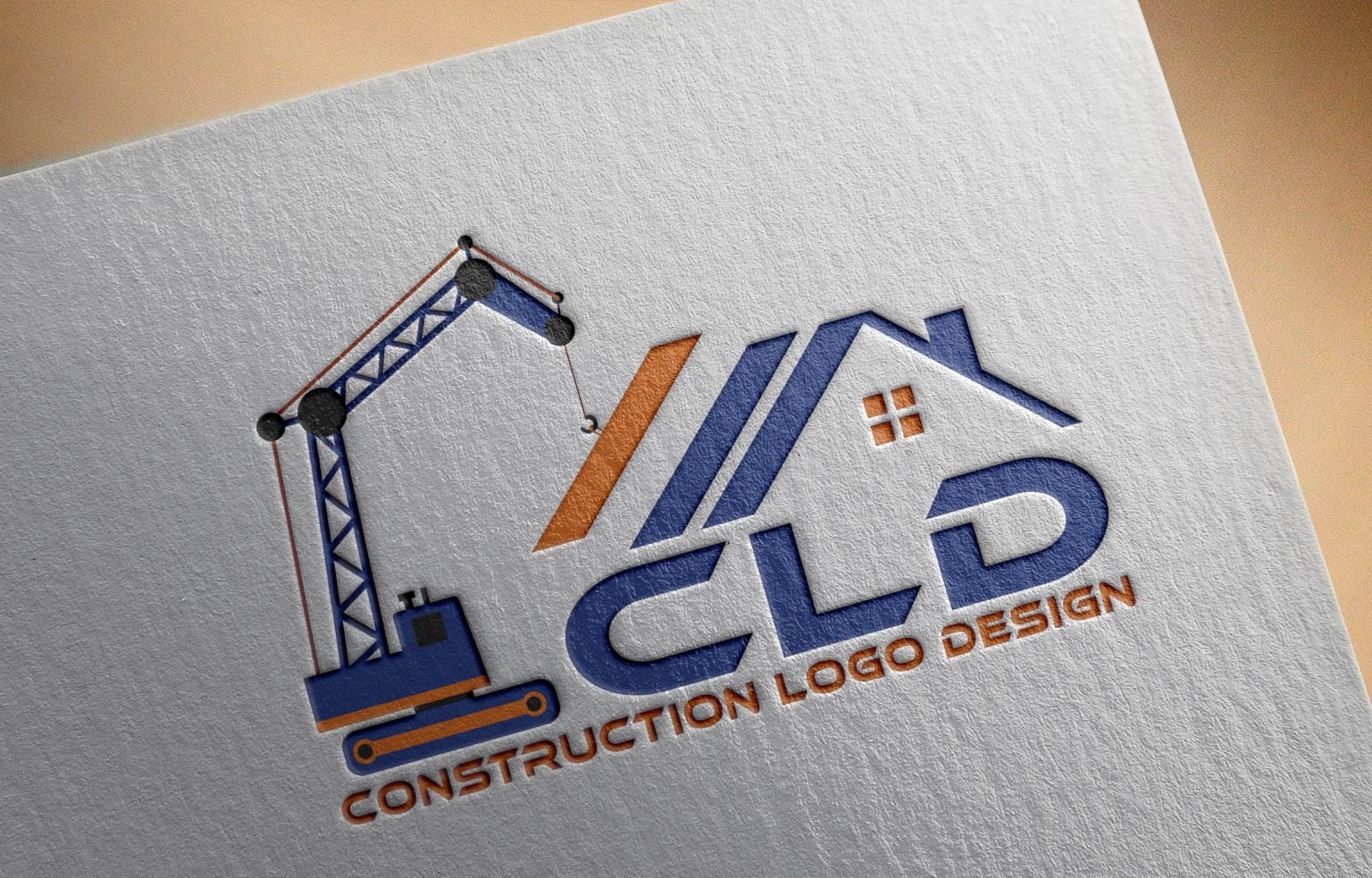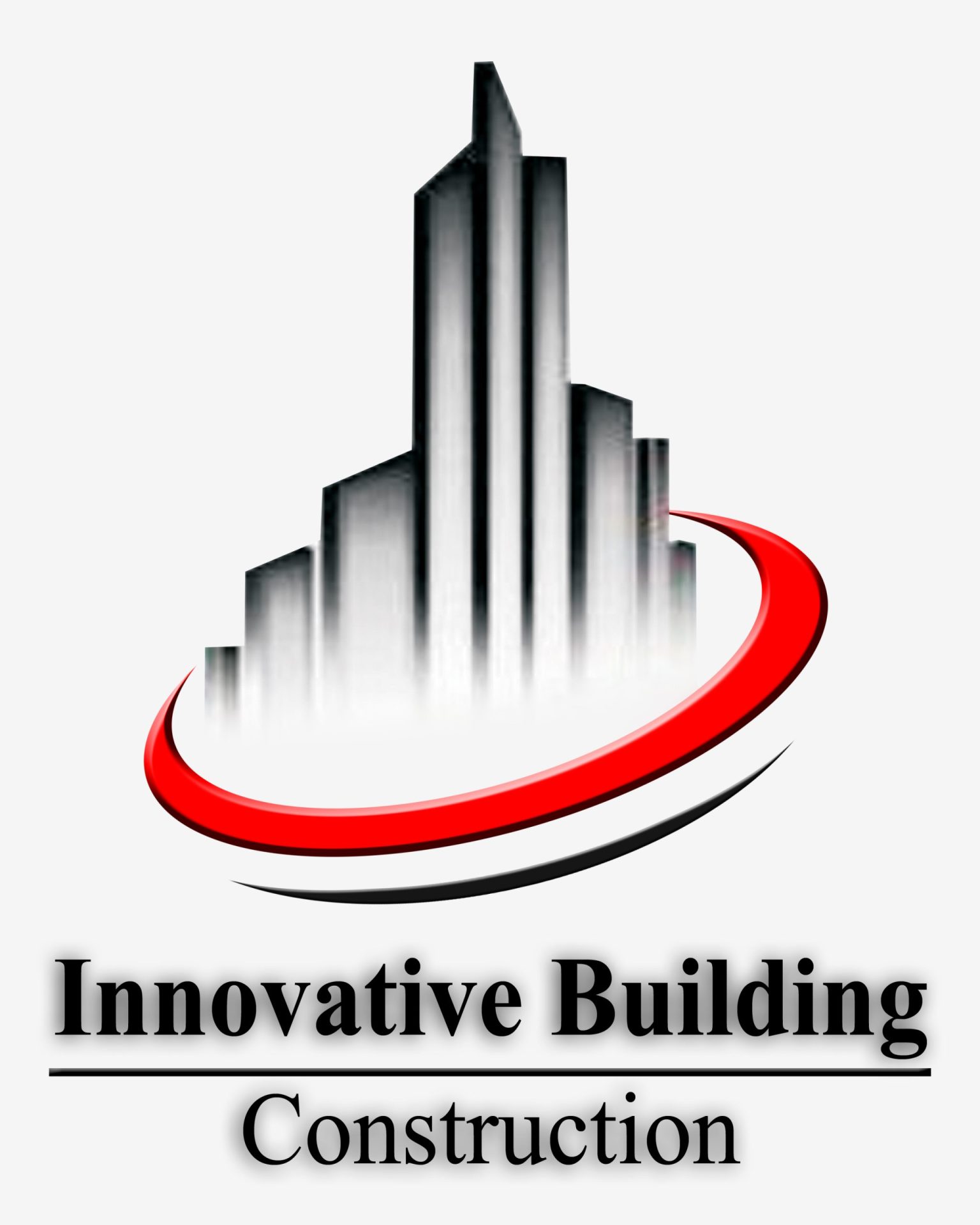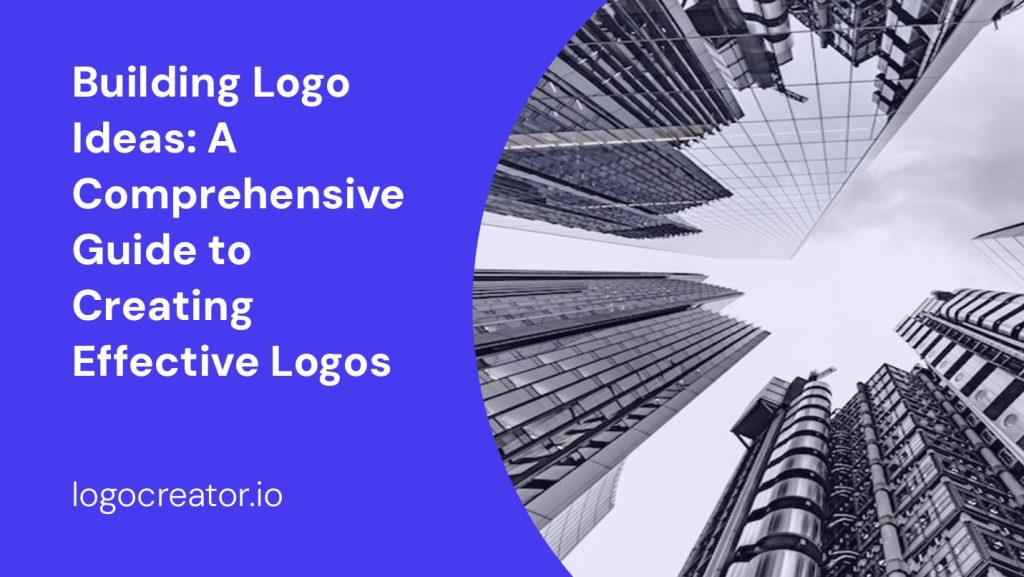Are you looking to build a strong brand identity that resonates with your target audience? One of the most crucial elements of branding is a well-designed logo. A logo serves as the face of your business, conveying your values, personality, and professionalism. In this article, we will explore the process of building logo ideas that effectively represent your brand. From brainstorming to finalizing a design, we will guide you through each step to help you create a logo that stands out. So, let’s dive in!
Understanding the Importance of a Logo

Before we delve into the process of building logo ideas, it is essential to understand why a logo is so significant for your brand. Here are a few key reasons:
1. Brand Recognition
A logo is a visual representation of your brand. It helps customers identify and remember your business. Think about iconic logos like Nike’s swoosh or Apple’s bitten apple. These logos are instantly recognizable and synonymous with their respective brands. A well-designed logo can leave a lasting impression on your audience, increasing brand recall.
2. Differentiation
In today’s competitive market, standing out from the crowd is crucial. A unique and memorable logo can set you apart from your competitors. It gives your brand a distinct identity and helps you make a lasting impression on potential customers.
3. Professionalism and Credibility
A professionally designed logo adds credibility to your brand. It conveys that you take your business seriously and pay attention to details. A well-crafted logo can give your brand a polished and trustworthy image, making it more appealing to customers.
Now that we understand the importance of a logo, let’s explore the process of building logo ideas.
Step 1: Research and Inspiration

Before you start sketching or designing, it is essential to conduct thorough research to gather inspiration and insights. Here are a few ways to kickstart your research process:
* Analyze Your Competitors
Take a look at the logos of your competitors in the same industry. Identify what works and what doesn’t. This analysis will help you understand the current design trends in your field and ensure that your logo stands out from the crowd.
* Understand Your Target Audience
Consider the demographics, preferences, and values of your target audience. Your logo should resonate with them and evoke the right emotions. It is crucial to align your logo design with your audience’s expectations and preferences.
* Explore Design Trends
Stay up-to-date with the latest design trends in the logo industry. While it is essential to create a timeless logo, incorporating elements of current design trends can make your logo feel fresh and relevant.
Step 2: Brainstorming and Conceptualization
Now that you have gathered inspiration and insights, it’s time to start brainstorming and conceptualizing your logo ideas. Here’s how you can approach this step:
* Mind Mapping
Create a mind map of keywords and concepts associated with your brand. This exercise will help you generate ideas and explore different angles. Consider your brand’s values, products/services, and target audience while brainstorming.
* Sketching
Grab a pen and paper and start sketching rough ideas. Don’t worry about creating a perfect design at this stage. Focus on exploring different shapes, symbols, and typography options. Sketching allows for quick iterations and helps you visualize your ideas.
* Word Association
Write down a list of adjectives that you want your logo to convey. For example, if you want your logo to represent trustworthiness, you might write down words like reliable, secure, or professional. Use these adjectives as a starting point to create visual representations.
Step 3: Designing Your Logo

Once you have a clear direction from your brainstorming session, it’s time to bring your logo to life. Here are some tips for designing your logo:
* Choose the Right Colors
Colors play a significant role in logo design, as they evoke specific emotions and associations. Consider your brand’s personality and audience when selecting colors. For example, vibrant colors might work well for a youth-oriented brand, while muted tones convey sophistication.
* Typography Selection
The choice of typography can greatly impact how your logo is perceived. Different fonts evoke different emotions and convey different messages. Experiment with various typefaces to find the one that best aligns with your brand’s personality and values.
* Simplicity is Key
A logo should be simple and easy to recognize at a glance. Avoid cluttering your design with unnecessary elements. A clean and minimalist logo is more likely to be memorable and versatile across different platforms.
* Scalability and Adaptability
Consider the different sizes and mediums in which your logo will appear. Make sure your design is scalable and retains its clarity and impact when resized. Additionally, design your logo in a way that allows for easy adaptability to different backgrounds and color schemes.
Step 4: Feedback and Iteration

Once you have a draft of your logo, it’s time to seek feedback from trusted sources. Share your design with colleagues, friends, or industry professionals and ask for their honest opinions. Constructive criticism can help you identify areas for improvement and refine your logo further.
Iterate on your design based on the feedback received. Don’t be afraid to make changes and experiment with different variations. Remember, the goal is to create a logo that best represents your brand and resonates with your target audience.
Step 5: Finalizing Your Logo

After several rounds of feedback and iteration, you will arrive at a logo design that you are satisfied with. Here are a few final steps to consider before finalizing your logo:
* Test Across Different Platforms
Ensure that your logo looks great across various platforms and mediums. Test it on digital screens, printed materials, and different backgrounds to ensure its versatility and legibility.
* Create Logo Variations
Consider creating different variations of your logo to accommodate different usage scenarios. For example, you may need a simplified version for small applications or a horizontal layout for website headers.
* Protect Your Logo
Once your logo is finalized, it’s crucial to protect it legally. Consult with a trademark attorney to understand the steps required to protect your logo and brand identity.
Conclusion

Building logo ideas is an iterative process that requires research, brainstorming, and design skills. By understanding the importance of a logo, conducting thorough research, and following a systematic approach, you can create a logo that effectively represents your brand. Remember, a well-designed logo is an investment in your brand’s identity and can significantly impact your business’s success. So, start building your logo ideas today and set your brand apart from the competition!
Angela Irwin is a branding and design enthusiast with a Bachelor of Fine Arts in Graphic Design from Meadowbrook College. As a writer at Logocreator.io, she shares her expertise on logo design, graphic trends, and effective branding strategies, helping businesses create impactful visual identities.



